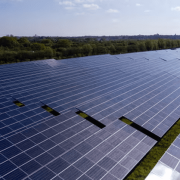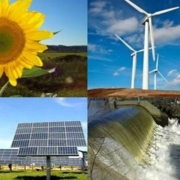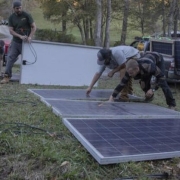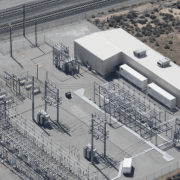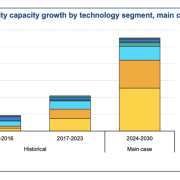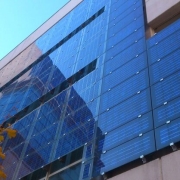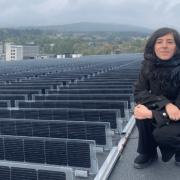UK-based solar developer Lightsource bp said today it has brought online its 188-MW Honeysuckle solar project in St Joseph County, Indiana.
Lightsource bp has signed a power purchase agreement (PPA) with Google for the solar park’s electricity, following the tech group’s announcement of a USD-2-billion (EUR 1.8bn) data centre campus in Fort Wayne.
“We have an ambitious goal to operate every Google campus on clean electricity every hour of every day by 2030, which will include our Fort Wayne data center once it comes online,” said Amanda Peterson Corio, Google’s global head of data centre energy.
Click here to read the full article
Source: Renewables Now
—
If you have any questions or thoughts about the topic, feel free to contact us here or leave a comment below.


